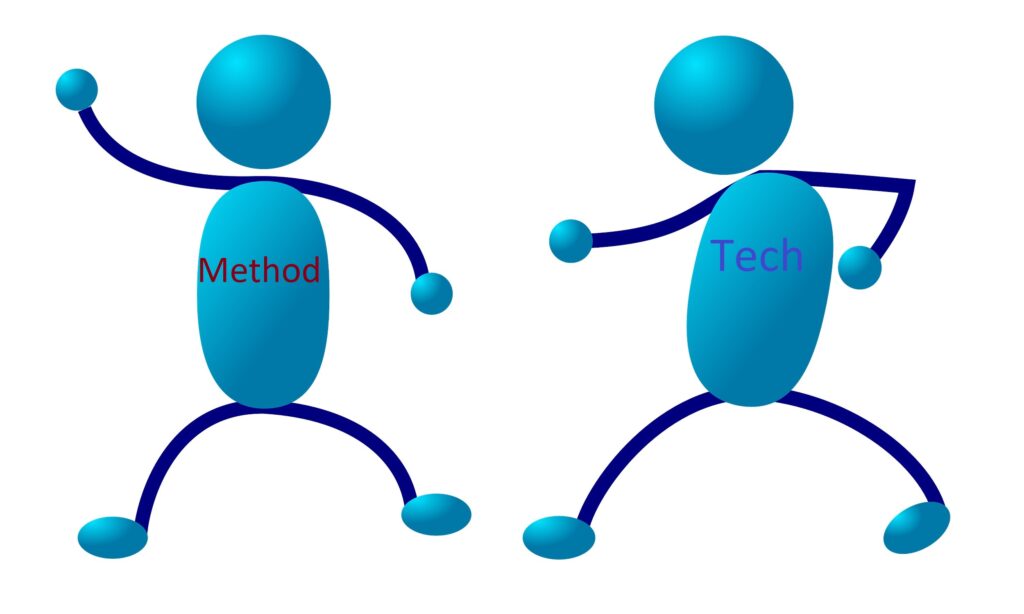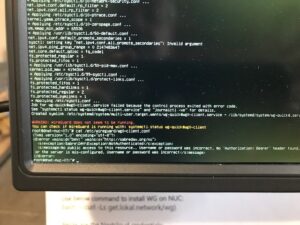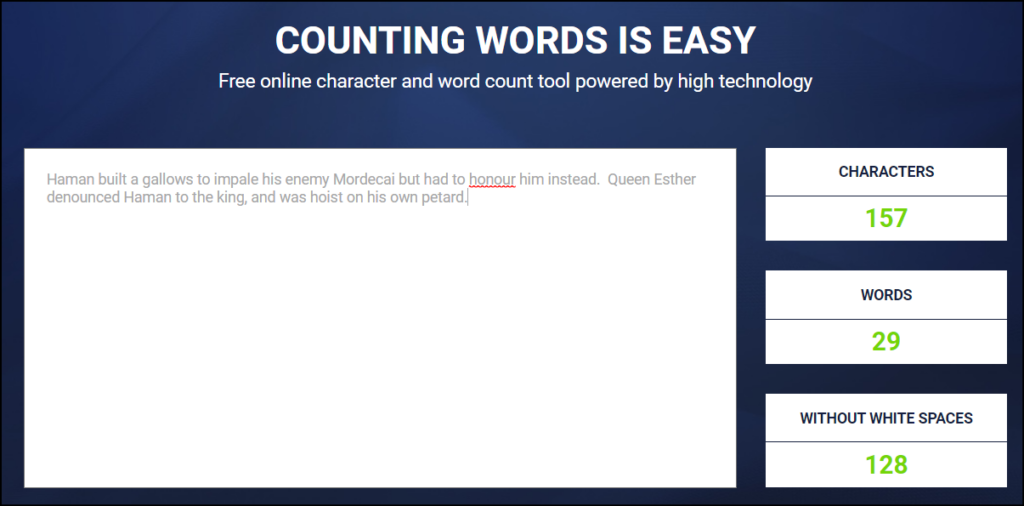
The Twitter community of educators is my go-to place for finding current research along with conferences and webinars in my areas of interest. Fellow cMOOC participants and the people they follow curate a rich set of resources for self-directed professional development. In this post I review two articles that relate to educational technology. The first is highly theoretical and the second extremely practical.
In An Entangled Pedagogy: Looking Beyond the Pedagogy—Technology Dichotomy,
Tim Fawns (2022) troubles the determinism implied in an oft-repeated mantra of “pedagogy before technology” that attempted to separate between humanism and tools. Fawns insist the two cannot be separated that cleanly because they are inextricably entangled; neither pedagogy nor technology are the drivers. They shape and reshape each other mutually and are dependent on the context of teachers, students, and the institutional environment. Fawns proposes an aspirational view of the dance where “Purpose, context and values [are] emphasized over methods and tech … enhancing uncertainty, imperfection, openness and honesty” (p. 9). This aspirational dance requires trust and confidence that institutional values support educators who have the required expertise to embrace the complexity. This entanglement, says Fawns, has application both to ethics and research, helping us see deeper than “crude categories (e.g. ‘Zoom’ or ‘lectures’) [and] allows us to contextualise what is actually happening and respond to the diverse and situated needs in front of us” (p. 13).
Full text of the article is downloadable for free at https://link.springer.com/content/pdf/10.1007/s42438-022-00302-7.pdf
Fawns, T. (2022). An entangled pedagogy: Looking beyond the pedagogy—technology dichotomy. Postdigital Science and Education. https://doi.org/10.1007/s42438-022-00302-7

Third places: cultivating mobile communities of practice in the global south (Gachago et al., 2021) reports on an early-pandemic study of South African communities of practice formed outside of the institution by black and female professionals whose employment is the most contingent in the “highly conservative and patriarchal structures in both their institutions and society” (p. 340). Third spaces are akin to coffee shops, places neither home nor office, where practitioners can support each other in times of crisis independent of institutional constraints. Their virtual third space in WhatsApp provided a mobile lifeline for “academics across multiple institutions [who] reported an overwhelming need for additional support” (p. 337) triggered by the pivot to online teaching in the Covid crisis. The group shared questions, solutions and new insights to anything from technology (obviously) to student issues to home life as they formed social bonds through shared experiences. The authors cite at least one instance where solidarity through the women’s community of practice enabled them to move final assessments online against their male colleagues’ resistance. The article concludes with suggestions about what such communities might look like after Covid, perhaps with a different focus but retaining “the knowledge that one small group of remarkable and determined women can have a significant impact on how an entire university weathers a period of profound crisis” (p 343).
Full text of the article is free for a limited time at
https://www.tandfonline.com/doi/full/10.1080/1360144X.2021.1955363
Gachago, D., Cruz, L., Belford, C., Livingston, C., Morkel, J., Patnaik, S., & Swartz, B. (2021). Third places: Cultivating mobile communities of practice in the global south. International Journal for Academic Development, 26(3), 335–346. https://doi.org/10.1080/1360144X.2021.1955363




 Does your LMS have a hole? It’s not a leak. It’s a necessary feature.
Does your LMS have a hole? It’s not a leak. It’s a necessary feature.